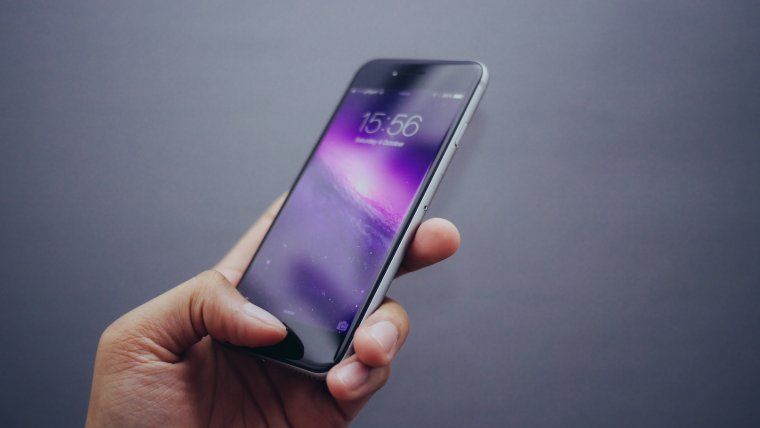
It is usual to see how people who have not a close relation with photography, rely on the services of simple point-and-shoot cameras as their approach to this discipline.However, we can also find those who desire to emulate adventurous photographers by buying expensive camera bodies they cannot operate, investing in interchangeable lenses without even checking if it’s fit for the work they desire to make, and pair these gear with countless accessories for the trade.
On the other side, there is also the studio photographer, surrounded by crew members, using medium format cameras, heavy-looking lighting sets that fill most of the space with some garments to make models glamorous.
However, both approaches to photographers tend to display the same inconvenience: they are not the accurate visual of what’s happening at 2017. Mobile photography isn’t just making a slow progress into the market, it’s already there; thus, many users opt for this medium as their first experience in photography world without even acknowledging the basic elements that shape this discipline.
For all this and much more, we decided to do a quick outline of the most commonly asked questions, often known as FAQs, to resume what mobile photographer is all about. Join us in this adventure!
Table of Contents
This is an open question as it could be in any other photography area. The camera election will depend on the type of photography work we want to do. So well, to start any medium-high range mobile phone will be fine, this is because standard cameras (labeled as VGA cams) won’t produce the desired effect we want to achieve, especially under low lighting conditions.
So now, if you have decided to specialize in a specific topic of photography, there are mobile phones who constantly seek room for improvement, such is the case of brands as LG with their specialized dual camera with wide angular vision, with modular systems that include camera grips and 360° cameras. Ideal for interiors, people looking to produce astonishing panoramas or that want to use their camera as an action camera.
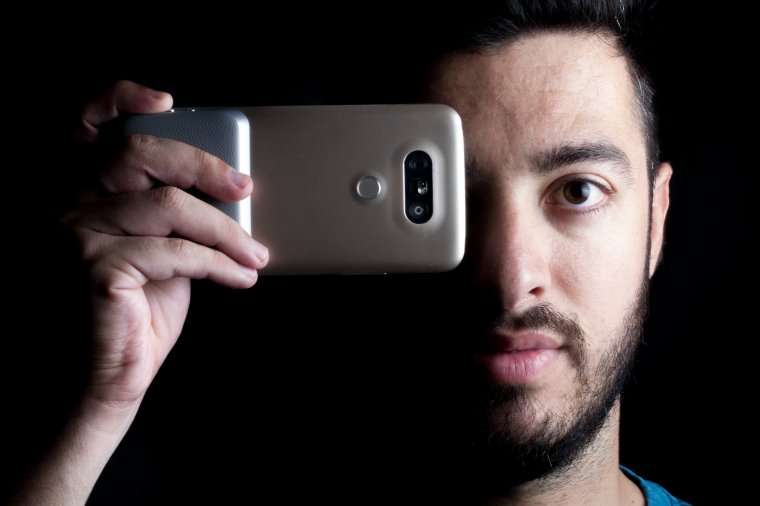
On the other hand, Huawei with their dual camera systems developed by Leica, imitates the specs of the monochrome camera, thus pairing a black and white specialized camera sensor that provides a dynamic range to this kind of photos. Ideal for people who constantly use monochromatic terminations in their photos.
There is also the Apple case and their dual camera system with a normal-telephoto, ideal for those who dedicate to portraits. This type of lens combo, in terms of selective focus, without a doubt ranks as the best of the market.
Nevertheless, there are alternative brands coming from Asia that has been emulating these specs to enter the market as another considerable option as some other known brands are still in their own systems development process.
This one is one of the most frequent questions among all the newbies in the photography world, as printed output is still the leading option for most people even though they share their images through social media.
In this sense, is good to clear up that, a standard camera of 12 megapixels has the possibility of expanding to an A4 sheet size without any difficulty. Henceforth, the quality will depend on the type of produced file, the revealed process and the compression it is exported to.
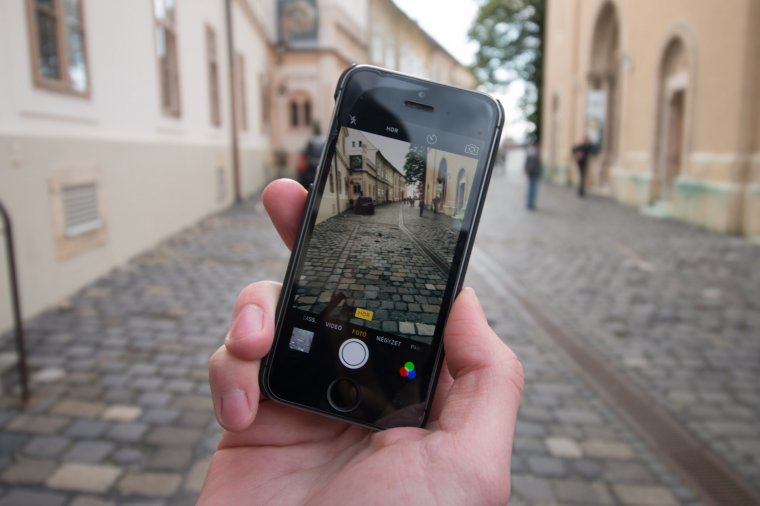
According to this, we always recommend making photos in RAW, Tiff or similars – though Smartphone cameras are just starting to implement RAW as an alternate format to their current JPEG option.
There are many different tools available in the market, ranging from lenses to help you make macro photos, to devices that help you generate movement sensation when recording videos – endless possibilities for us to explore!
Another useful option is the waterproof covers, which allow you to immerse the device without problems, if they are of high quality they will enable the production of very striking photo effects, the submarine perspective is not quite usual.
Lastly, there are also 3 lenses set. One for macro, another to generate an angular effect and the last one for fish eye effect. In this cases, it is important to consider the type of construction and the brand. This will not be easy to determinate by price, although the cheaper are usually the ones that give worst results. There are known brands, as Carl Zeiss, which produce this type of adapters of high quality with barely image distortion.
For those who are not too familiarised with the photographic terminology, when we talk about manual mode we talk about the parameters we can modify in the camera. Such as ISO, shutter speed, aperture and other elements that could modify light before it reaches the sensor.
In the case of mobile phones, for some years now it is possible to have access to some of those parameters because of the camera phone structure; however, for those who can not have direct access to this apps exists many others such as Camera FV-5 or Procamera+HDR that are capable of performing this functions.
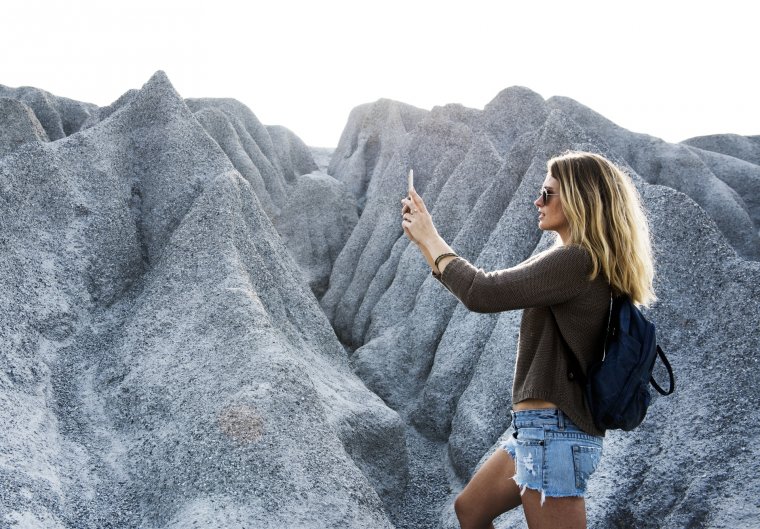
But we must be clear about what we can modify. For example, mobile phone diaphragm has a steady value so that we will count on it in its maximum opening. Since we cannot count with a real shutter, what we can modify is the shutter speed, though not the aperture. The ISO is another modifiable factor because we have a sensor with the capacity of catching more or less light. Although this last aspect has a diminished variable if you want to avoid noise.
Besides, we have additional tools as automatism, the possibility of white balance variation, there are even some that count with manual focus systems, for distances, locks, exposure compensation, saturation modifications, and contrast and brightness of any photo from the very first moment before we take a photo. As it seems, there are needed many different elements to have more possibilities at the time of making a photo.
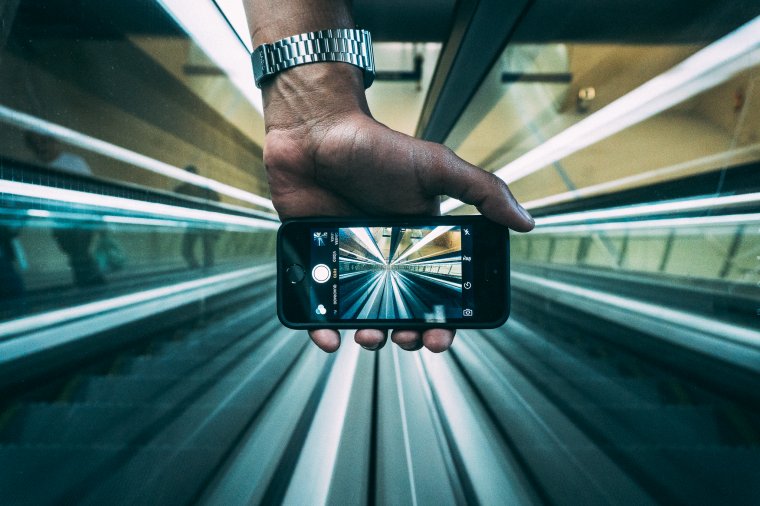
All mobile phones produce images according to the format they have their image sensor. This will normally be 16:9 or 4:3. These values concern to the relation between the long side and wide of the image.
Normally, you will find that the camera let’s you choose among other values such as 1:1 or 3:2. As equally valid, this values do not correspond to the sensor, which is why it is important to understand that everytime we make photos in formats different to the sensor image format the image will lose megapixels and so enlargement capacity. Furthermore, if you pay attention, at the moment these parameters are modified we have an indication that tell us how many megapixels we are cutting for each format and the highest will be always for the one equivalent to the sensor size. This happens because cameras, put some black bars without information to each side of the sensor to modify the size depending on the chosen format.
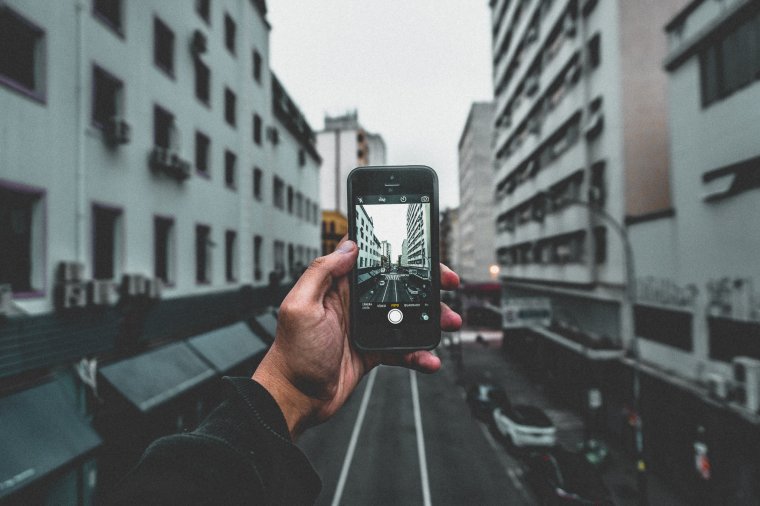
Normally, for those who make a post processing workflow to their images, we recommend using the RAW format on any device. This type of format, for those who are starting in the photography world, do not compress files (better say, does not compress files as much as other formats do) which allows you to have the greater amount of the produced image information.
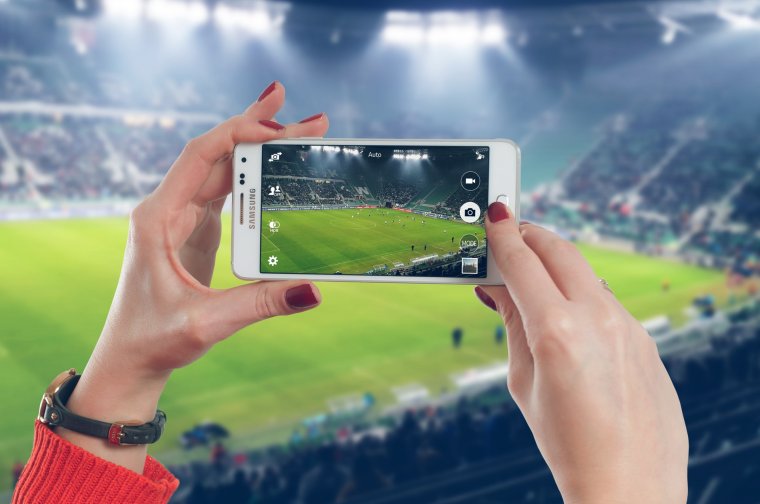
It’s important to remember these are not modifiable files, although we can create with our camera black and white effects or cropping with a 1:1 format, at the moment of opening the RAW format we will find the coloured file, with the corresponding size of the sensor.
It is a format that gives some options at the moment of recovering some shadows zones or highlights, due to the greater amount of information stored. Do not expect any miracles since, as we know we have a reduced size sensor and we cannot claim for information with too high levels of whites or pure black shadows.
We hope this punctual doubts articles will be of your interest. If you have any other punctual doubt we will like to know it and try to solve it together for the next article.
Comments (0)
There are no comments yet.